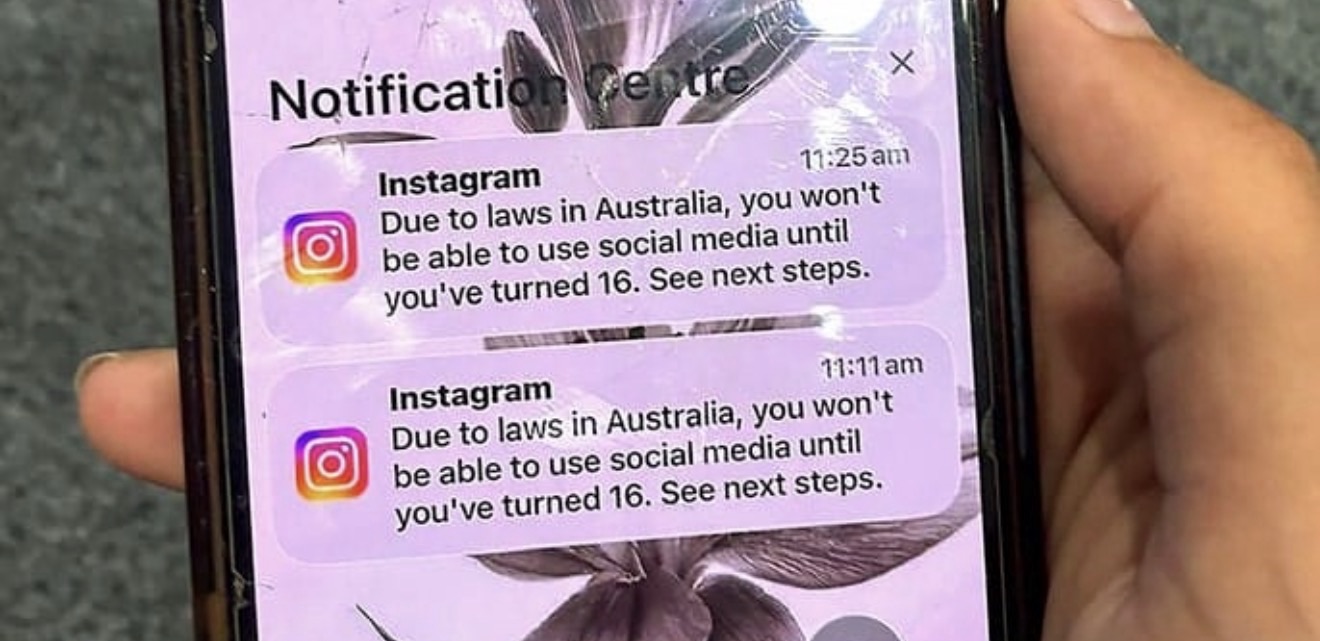Social Media Is Failing America’s Children
A New Push for Nationwide Protections
U.S. Senator Katie Britt is spearheading federal legislation that would ban social media for children under 13 and restrict algorithmic content for all users under 17. It’s an aggressive move driven by an unmistakable trend: the more time teens spend on social platforms, the more negative, anxious, and depressed they report feeling.
For parents, educators, healthcare providers, and child-focused organizations, this debate is no longer theoretical. The digital environment kids grow up in has become a measurable public-health issue.
The Heart of Britt’s Argument
Britt cites research — and the real experiences of American families — showing that teens themselves acknowledge the emotional toll of platforms designed to maximize engagement, not well-being.
14- to 17-year-olds repeatedly report:
Feeling worse after scrolling
Increased anxiety
Depressive symptoms
Social comparison pressure
Difficulty disengaging from algorithm-driven feeds
Britt’s position is blunt:
“Kids shouldn’t be on social media until they’re 16.”
The Proposed Legislation
Britt’s bill would establish two major nationwide rules:
1. No Social Media for Children Under 13
Platforms would be prohibited from creating accounts for users below the age threshold, closing loopholes that rely on self-reported birthdates.
2. No Algorithmic Targeting for Anyone Under 17
Feeds for teens would be chronological or non-algorithmic, reducing exposure to:
Addictive engagement loops
Targeted viral content
Manipulative recommendation systems
Extremism, misinformation, and predatory behavior
The bill would dramatically reshape how platforms operate for minors, shifting the online experience from algorithm-controlled to user-controlled.
Why Congress Is Struggling to Act
Despite bipartisan agreement on the harm, past efforts have repeatedly stalled due to:
Big Tech lobbying pressure
Disagreements over free speech
Complexities in defining “algorithmic harm”
Enforcement challenges
Industry concerns about liability
Britt argues that delay is unacceptable:
“Big Tech has a grip on Congress. Congress’ inaction is feckless.”
The Broader Mental-Health Crisis
Pediatricians, psychologists, and school leaders nationwide report parallel trends:
Increased screen time
Escalating anxiety
Identity pressure
Declining attention spans
Exposure to harmful content
Sleep disruption
Cyberbullying and social isolation
This is no longer speculation — it’s a pattern.
Implications for Schools, Healthcare, and Families
If passed, the legislation would require major changes to digital environments:
Schools would need clearer device policies
Healthcare providers could incorporate digital-hygiene counseling
Parents would gain stronger tools for managing screen time
Platforms would need age verification and safer defaults
Guardianship-based controls would become standard
For organizations working with children, this debate is now about risk management, not politics.
The Provocative Takeaway
The internet was never built for children — but children live in it.
Sen. Britt’s proposal forces a national conversation we can’t avoid:
Who is responsible for protecting kids when algorithms shape their emotional world?
The time for guardrails has arrived.
70% of all cyber attacks target small businesses, I can help protect yours.
#️⃣ #cybersecurity #childsafety #MSP #socialmedia #techpolicy
Sen. Katie Britt pushes a national ban on social media for children under 13 and algorithm limits for teens. Here’s what the proposal means and why it matters.

